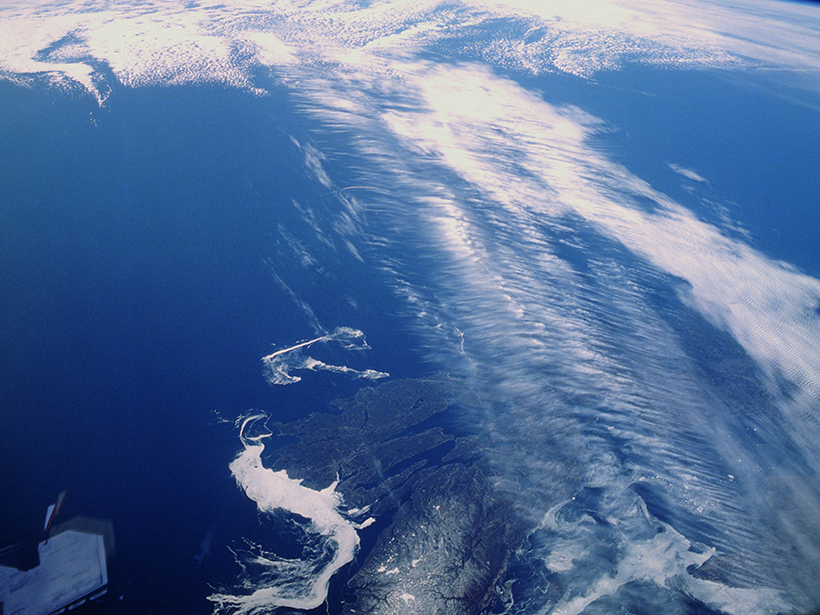Simulations that test different approaches to modeling radiation suggest a commonly used scheme fails to fully capture changes in midlatitude circulation associated with climate change.
jet stream
Posted inResearch Spotlights
Including Ozone Complexities in Climate Change Projections
A simplified view of ozone chemistry can cause climate models to overestimate the response of jet streams to increasing greenhouse gases.
Posted inResearch Spotlights
Polar Warming Makes the Jet Stream Stable, Not Wavy or Blocked
An idealized climate model suggests polar warming stabilizes the jet stream and reduces atmospheric blocking at midlatitudes.



